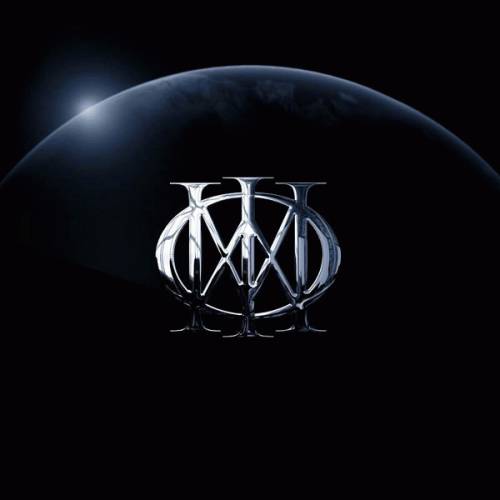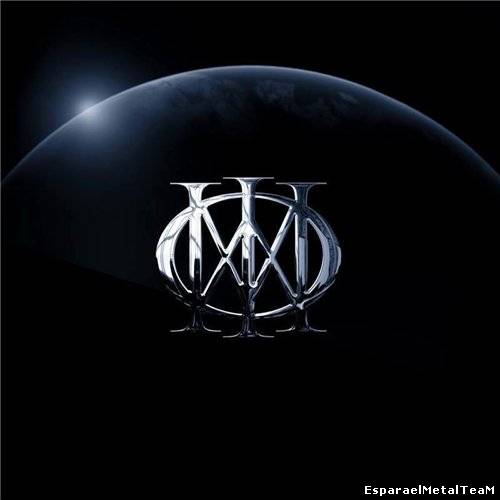DREAM THEATER - Dream Theater (2013) 
They don't need to put their name on the album cover anymore, their logo is already precisely carved in everyone's mind: DREAM THEATER don't
even need to give a name to their new album to be released next
September 24.
After the much-publicized breakup with founding drummer Mike Portnoy - a
huge creative force in the band since its inception - the group's 12th
studio album is aptly self-titled, as it revisits Dream Theater roots
and offers the first listen to the band's writing with new drummer and
rhythm heavyweight Mike Mangini.

Guitarist John Petrucci recently said: “When we chose to call it 'Dream
Theater', we knew we had to make the kind of record that warranted a
self-title. We were intent on making something that looks back on and
respects our past, but it also pushes us forward in a very passionate
and fiery way.”
And indeed "Dream Theater" delivers a menagerie of soaring melodies,
crushing riffs and musical prowess to die for, combining the best of
classic DT with the band's usual search for new boundaries.
Petrucci’s meticulous ultra-tight tone is flawless throughout, matched
by Myung’s inventive fingerings on the 6-string bass and Chapman stick.
Mike Mangini feels so natural (and terrific) that seems to be a founder
member, and, despite this album is strongly focused on 'electric
strings', Jordan Rudess offers some exquisite ivory work.

A whirlwind of heavy, arpeggiated duals and time-signature changes
drives the mesmerizing “The Enemy Inside” and “Enigma Machine”, very
energetic songs with monster riffs and memorable choruses.
James LaBrie’s vocals and the tight melodic rock inflections on the
radio-ready “The Looking Glass” will have early Dream Theater fans
dreaming of 1992’s Images and Words.
The acoustic-guitar-driven middle section in “Surrender To Reason”
recalls 1997’s Falling Into Infinity, and Rudess’ virtuosic piano
arrangements are as stunning as ever in “The Bigger Picture”.
Throw in the multi-movement opening “False Awakening Suite” and the
22-minute epic closing masterpiece “Illumination Theory” (awesome) that
venture from padded-out synths and strings to prog-metal dynamics, and
you’ve got all the makings of an archetypal Dream Theater album.

"Dream Theater" contains all the aspects of what makes Dream Theater
«Dream Theater». It also signifies a sort of change, with something new and something old.
What has changed significantly for me - and it's more than welcomed - is
the sonic approach: this must be the more processed DT recording ever,
very layered an quite compressed. 'Big Sound' indeed.
This is an album that fans will love, I’m sure of it. It contains many
of the things that attracted first time 'theaters' (some of which may
not have followed Dream Theater for a while) in the first place, and
features new, wider, cinematic horizons, something that made this band
so unique.
Oh, and for those who feared Mangini couldn’t fill Portnoy’s big shoes,
rest easy: throughout "Dream Theater", he displays formidable technique,
while also adding a new flavor that promises to help keep faithful fans
headbanging for years to come.
Highly Recommended.


















 Ya tengo encargada la del DVD 5.1, que es otra de mis frikicostumbres. La japo me la compraré sólo si la pillo más adelante de segunda mano y a buen precio y sólo por coleccionismo.
Ya tengo encargada la del DVD 5.1, que es otra de mis frikicostumbres. La japo me la compraré sólo si la pillo más adelante de segunda mano y a buen precio y sólo por coleccionismo.  NO A LA LEY LASSALLE
NO A LA LEY LASSALLE



